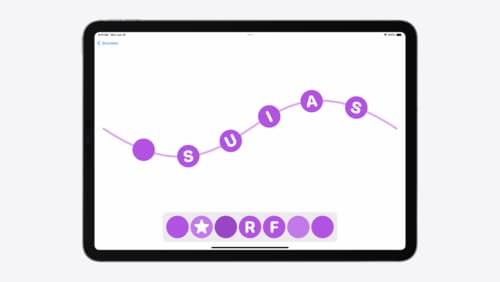How does SwiftUI renders view
Asked on 2024-09-09
1 search
SwiftUI renders views by using a declarative approach. In SwiftUI, views are descriptions of what the current state of the UI should be, rather than long-lived object instances that receive imperative commands over time. This is why SwiftUI views are value types defined using structs instead of classes. SwiftUI takes these descriptions and creates an efficient data structure to represent them, maintaining this data structure behind the scenes. This structure is used to produce different outputs, such as what's shown on screen, the gestures and interactive aspects of the view, and its accessibility representation.
SwiftUI views are also state-driven. When the state of a view changes, SwiftUI automatically updates the UI, eliminating boilerplate code and reducing update bugs. As data changes, new view values are created and given to SwiftUI, which uses these values to determine how to update its outputs.
Additionally, SwiftUI supports composition, allowing you to break up one view into multiple components without hurting performance. This compositional nature means you can organize your code in a way that makes sense for your app without compromising on performance.
For more details, you can refer to the session SwiftUI essentials (04:30).

Enhance your UI animations and transitions
Explore how to adopt the zoom transition in navigation and presentations to increase the sense of continuity in your app, and learn how to animate UIKit views with SwiftUI animations to make it easier to build animations that feel continuous.

Create custom visual effects with SwiftUI
Discover how to create stunning visual effects in SwiftUI. Learn to build unique scroll effects, rich color treatments, and custom transitions. We’ll also explore advanced graphic effects using Metal shaders and custom text rendering.

SwiftUI essentials
Join us on a tour of SwiftUI, Apple’s declarative user interface framework. Learn essential concepts for building apps in SwiftUI, like views, state variables, and layout. Discover the breadth of APIs for building fully featured experiences and crafting unique custom components. Whether you’re brand new to SwiftUI or an experienced developer, you’ll learn how to take advantage of what SwiftUI has to offer when building great apps.
